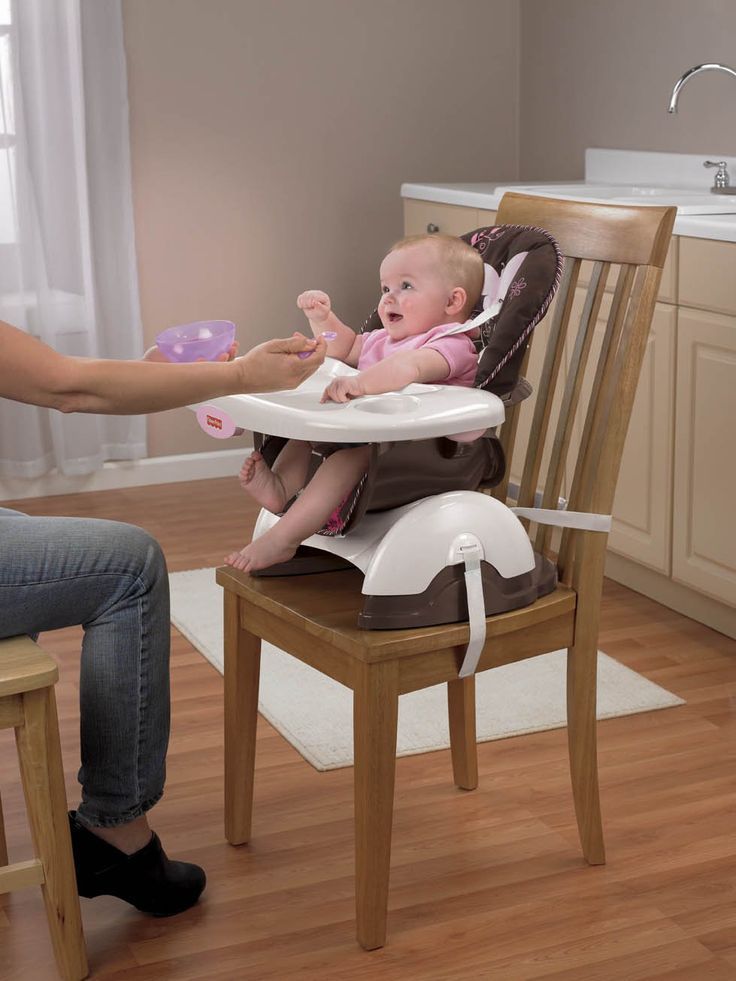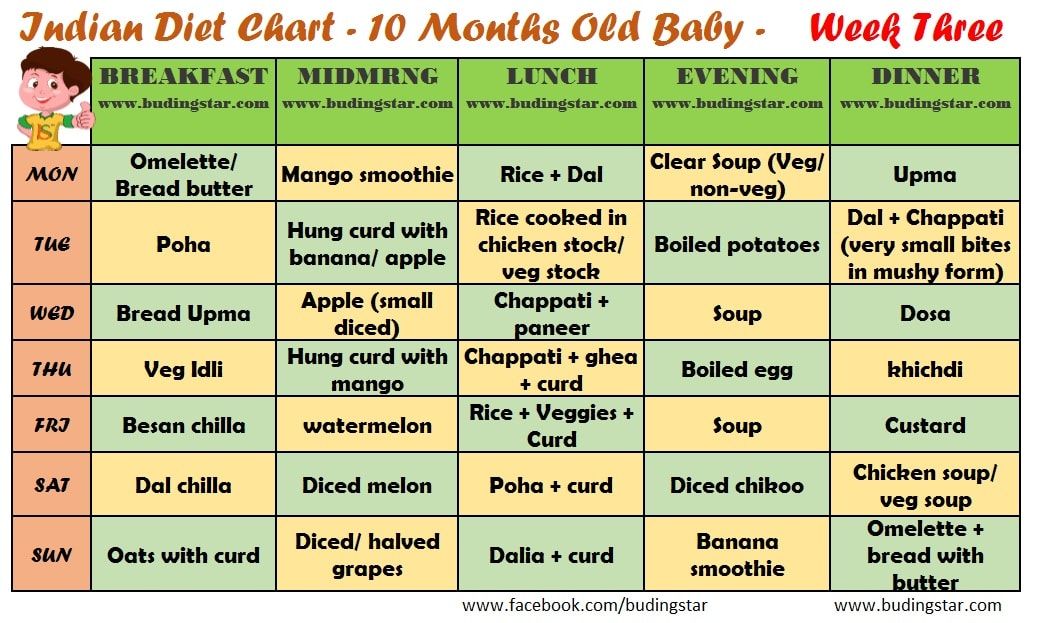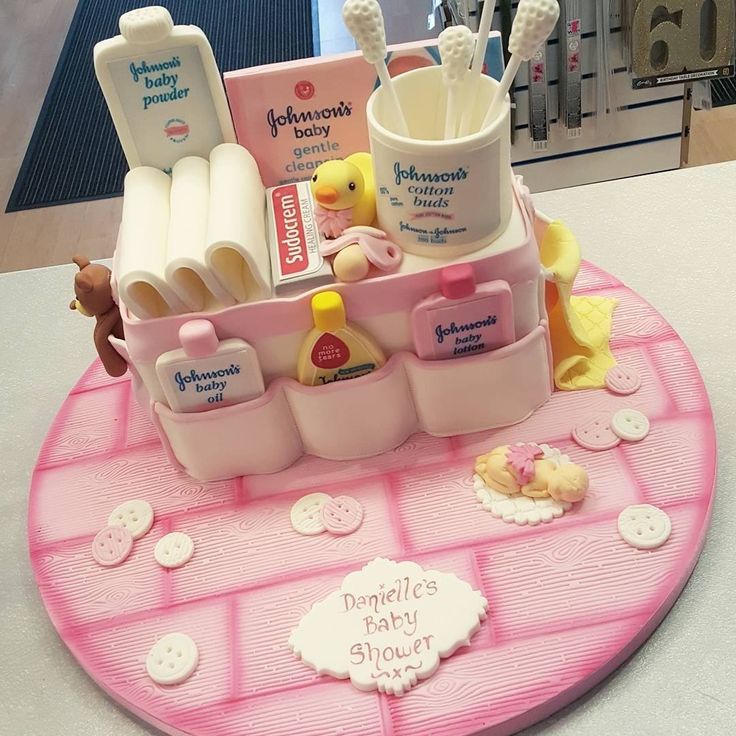How to use baby fresh food feeder
Ultimate Guide to Baby Feeders: Mesh and Silicone
You may have seen baby feeders, whether mesh or silicone, and wondered what they are for. They are a great tool for feeding babies and toddlers—and are especially awesome for teething relief. There are many on the market though, so today I’m sharing the best of the best.
Baby Feeder
A baby feeder is made up of an easy-hold handle and a little pouch with lots of holes. The idea is that the holes allow some of the flavor and texture of the food to come out, without the concerns that may come with larger pieces of food.
This means you can worry less when it comes to choking risks.
One thing to keep in mind: They don’t allow babies to have the full texture experience of the food—since the texture is mostly the mesh of the feeder. That means you don’t want to use one of these for every meal (or even most meals).
Lots of exposures to lots of textures helps babies and toddlers gain confidence in handling all sorts of foods, which can make feeding kids a lot easier over the long run.
But an infant feeder can be a handy tool to have in the mix, especially if on the go, starting to transition to baby food, or trying out a new food that has you a little nervous.
And they are a great way to offer cold teething relief to soothe baby’s gums.
Baby Fruit Feeder
Many people like to use baby feeders to offer fruit, either fresh or frozen, since the product is a safe way for baby to suck on and explore the flavor of a wide range of fruit.
TIP: Another name for this is Baby Fruit Pacifier.
Best Baby Food Feeders
Below are my top picks for infant feeders chosen for ease of use, durability, and ease of care (as in washing!). There are different materials listed, as well as specific information on each product.
Best Mesh Feeder
Munchkin Baby Feeder, sold in a set of two. (Or choose the ones that come with travel caps.)
This baby feeder has a streamlined, simple design of a mesh bag for the food and a ring for baby to hold onto. Small, digestible pieces of food come through so baby is getting some nourishment (and comfort if using for teething) without the risk of choking. It’s about $7 for two of them.
Small, digestible pieces of food come through so baby is getting some nourishment (and comfort if using for teething) without the risk of choking. It’s about $7 for two of them.
Best Silicone Feeder
Boon Silicone Feeder
This baby feeder, which is priced at under $6, is made from durable silicone and can be used with fresh or frozen foods. The interior stem forces food toward the tiny holes in the feeder and the small handle is sized just right for baby’s little hands.
Kidsme Baby FeederBaby Feeder Pacifier Combo
Kidsme Food Feeder
This popular Kidsme feeder has a replaceable silicone pouch that comes in two sizes, so you can adjust and replace as your child grows. It has a unique handle style that some babies may prefer and can be used as a pacifier too. It’s usually priced around $15 and is recommended for ages 4-24 months.
What baby foods should I put into a baby feeder?
Here are some fruits that are good to serve in a baby feeder:
- Raspberries, fresh or frozen
- Strawberries, fresh or frozen
- Blackberries, fresh or frozen
- Cantaloupe
- Honeydew
- Banana
- Mango, fresh or frozen
- Roasted sweet potato
- Roasted butternut squash
- Ripe fresh pear
- Fresh cucumber, skin removed
- Watermelon
- Cooked red meat such as steak
- Frozen grapes (These are NOT safe served to a child this age in any other way as they are a choking risk.
 They are fine served inside the feeder, though.)
They are fine served inside the feeder, though.)
TIP: You can use frozen fruit or ripe fresh fruit that’s soft and easy to gum. Avoid any fruits or veggies that are very hard as baby may be frustrated by that texture.
Frequently Asked Questions
What age can baby use a mesh feeder?
Babies can use an infant feeder soon after starting solids around 6 months, or when they can easily hold it and bring it to their mouth.
How do I use a baby feeder to help with teething?
If you fill the feeder, whether mesh or silicone, with frozen fruit, you can soothe teething in infants who are eating solids or in toddlers. It’s cold and yummy, yet requires no real work for the child to suck on, so it’s comforting.
Are all of these baby feeders BPA-free?
Yes, if you choose a mesh baby feeder or one made from silicone, they are BPA-free.
What’s the best way to clean a baby feeder?
Try using a bottle brush or just running water to clean out the mesh. It should be fairly easy to clean if you avoid letting it sit too long with food in it!
Are baby feeders good for babies?
The one downside could be that if you rely on them too much, the child learns the texture of the feeder, rather than of the food. This can make it harder for a child to learn to move actual food around in their mouths and harder for them to accept a range of textures in the future when you don’t want to be using the mesh feeder as much.
Because of that, I recommend using this product at limited times such as when on the go at a restaurant or to help sooth a teething infant, baby, or toddler.
This is not recommended as a way to feed your child at every meal.
If you are worried about choking, review this information on toddler choking and trust that if you serve foods that are easy to squish between your fingers, baby is sitting down at meals, and you are with them, they will learn to eat like so many other kids who have gone before them!
You May Also Like
- Best Baby Puffs
- Favorite Sippy Cups
- Best Snack Containers
- Best Lunch Boxes
- Favorite Suction Bowls
- Top High Chairs
I’d love to hear your thoughts on baby feeders in general or on these specific products, so please comment below to share!
This post was first published May 2019.
A Guide to Using Baby Fruit Feeder Pacifiers
Starting solids is an exciting time for you and your baby. It is one of the milestones in their development and your parenting. There are so many choices to make regarding which foods to give and how to feed them, but the one thing that can make the process a little easier is a baby fruit feeder pacifier.
In this post, we’ll share tips on using a baby fruit feeder pacifier, the benefits of using one, and the characteristics of the best one. So, whether you’re just starting your baby on solids or are looking for new ways to get your baby interested in food, read on for our full guide!
Benefits of Using a Fruit Feeder PacifierThere are various ways to introduce solids to your little one. You can let them rely on you through spoon feeding or allow them to enjoy soft baby food and biscuits using their hands. You can utilize different baby utensils like baby spoons and forks, suction bowls and plates, and sippy cups.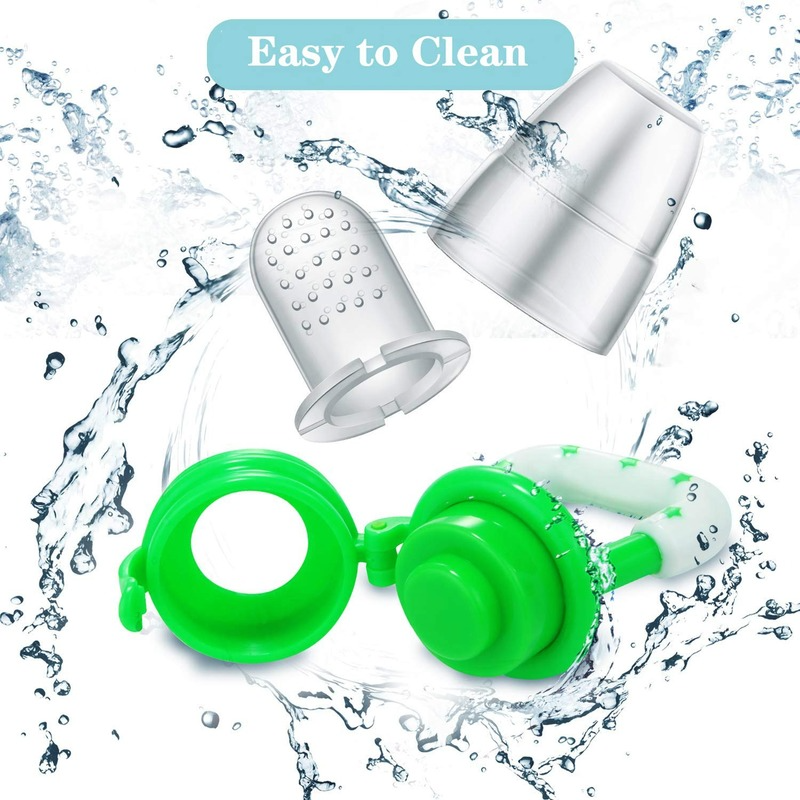 But why choose a feeder pacifier? Check out these benefits!
But why choose a feeder pacifier? Check out these benefits!
Helps the transition from breast/formula feeding to solids
Babies are used to suckling as they feed on breastmilk or formula milk. A pacifier can help them transition from suckling to slowly eating solids. These pacifiers are designed with multiple holes allowing babies to suckle on juices and eat fresh fruit or vegetables.
Allows your baby to experience flavors
Feeding through a pacifier also introduces different flavors without risking your baby making a mess by spitting up food they do not like. Add grapes, apples, bananas, potatoes, mangoes, and sweet potatoes! When your little one begins eating full meals, they’ll surely recognize the flavors.
Provides safety when eating
Choking is one of the worries of parents like you. Babies put anything they hold into their mouths, including food. The design of baby feeder pacifiers only allows small bits of food to pass through, keeping this hazard at bay.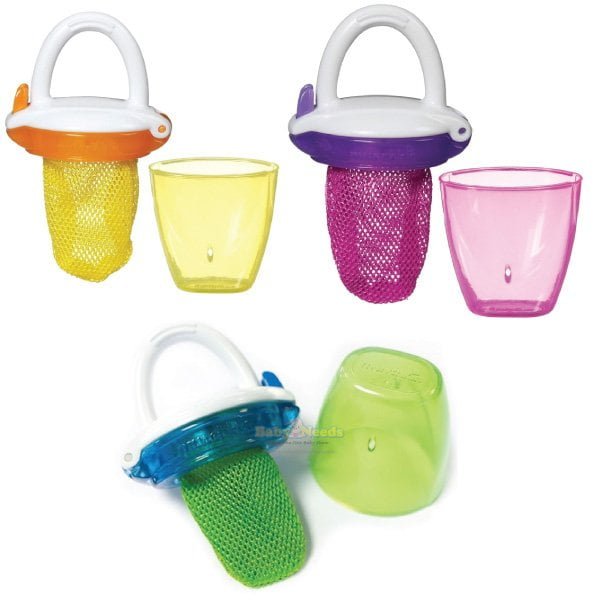
Eases teething
Aside from food safety, feeding pacifiers also fulfill the purpose of baby teethers. You can add frozen food inside the pacifier, which helps ease the pain teething babies experience. The friction in chewing the silicone nipple helps alleviate your baby’s discomfort. There are also baby food feeder pacifiers that are teether-friendly. The handles have holes where you can attach the teether, so your little one can have another toy to bite and chew on.
Can keep babies busy
Babies are filled with energy. Suppose you are eating together and are done feeding them their meals; chances are they may become fussy and want to leave their high chairs. Let them suckle on frozen fruit or dessert inside a food pacifier to keep them busy while you finish your meal.
Encourages feeding independence
Allowing your baby to hold onto their food and feed themselves even in this simple way of using a feeder pacifier encourages independence. This method is way better than spoon feeding them. As they grow, introduce new utensils to them and guide them on their proper use.
This method is way better than spoon feeding them. As they grow, introduce new utensils to them and guide them on their proper use.
Do the benefits of feeder pacifiers sound enticing? If you think this feeding tool is suitable for your little one and want them to reap its benefits, you can try it. Here’s how to use it and a few reminders to make the most of it to help your baby’s development.
Step by Step Guide
- Prepare your choice of solid food. You can puree fruits and vegetables and freeze them before putting them in the pacifier. You can also put in some yogurt and other mashed treats.
- Put your choice of food in the pacifier and keep the seal tight. Ensure your baby cannot open it to avoid the risk of choking.
- Let your baby independently feed on the pacifier and enjoy the treat.
- After suckling, remove the remaining food.

- Clean the pacifier using soap and warm water, and let it dry.
A Few Reminders
- Not wasting food is a good practice to teach to your child, but saving leftovers inside the pacifier shouldn’t be one of them. Letting the leftovers stay inside the pacifier can cause bacteria to form, which may make your baby sick.
- Although pacifiers can keep your baby busy, do not let this be their activity to fight boredom during their free time. This keeps them from doing more productive activities, and can teach them bad habits.
- Plan when you’ll wean your baby from using a pacifier feeder. This feeder is best for introducing food, but you should also begin introducing bowls, spoons, forks, and other utensils to them too.
- Although a baby food feeder has food inside, it shouldn’t be your baby’s main meal. It can be used for snacks or desserts, but you still need to prepare a full meal for them.

When out in the market to scout and purchase food pacifiers, you’ll notice that they come in different designs. Some fruit pacifiers mimic the look of a regular pacifier but are bigger and have more holes. Some are made with a mesh feeder instead of silicone nipples. These designs allow food to go through the gaps.
Despite the different designs, these general characteristics make a food-grade fruit feeder pacifier a great choice:
- Free from BPA, phthalates, formaldehyde, and other chemicals harmful for babies.
- Has just the right hole size for small food portions to pass through.
- Has a baby-friendly color or design to encourage babies to use it.
- Easy to clean.
You may initially go through trial and error and purchase two or more pacifiers—this is normal. What matters is you get the food pacifier that fits your little one best.
So there you have it, our comprehensive guide to starting your baby on solids using a fruit feeder pacifier. We hope that you found this information helpful, and that it has eased some concerns you may have about transitioning from breast milk or formula feeding to solids. Remember, start with simple fruits like banana, apple, or pear and watch for signs of readiness before trying anything more adventurous. Don’t forget, Ashtonbee’s baby fruit feeder pacifiers make starting your little one on solids easier and more fun! Check it out, and get one now!
Milk and food storage containers, baby dishes
Buyers rate Pigu.lt!
Buyers rated: 4.7/5
18,582 ratings. See all
Filter byView product list Cheapest at the top
6 50 € 8 95 €
Add to cart
5/5
PICK UP TOMORROW
I CAN spoon green/pink
Brand: I Can
Recomm. age from: 6 months months
age from: 6 months months
7 90 € 8 95 €
Add to cart
PICK UP TOMORROW
I CAN spoon blue/red
Brand: I Can
Recomm. age from: 6 months months
20 46 €
Add to cart
FAST DELIVERY
Neno Polpo
Brand: Neno
Recomm. age from: 0 months months
What kind of newborn feeding products will be useful in your everyday life?
Many parents would agree that raising newborns is no small challenge. Even when this is not the first child in the family, kids have to devote a lot of their time and take care not only of developmental activities, but also of his good nutrition. In this case, you can take a breath with about
It is very important for all parents that the child receives a healthy and wholesome diet, but it must be taken into account that this depends not only on what is included in the products, but also in what the children's food is stored and served.
Breastmilk bags and containers
Is your baby breastfed but sometimes you need to go away? Or maybe you have too much breast milk? Then in these cases, high-quality and convenient milk bags and containers will help you out , with which you can freeze and store breast milk for a long time. These devices are made of environmentally friendly and safe materials, so you can be sure that the beneficial properties of your milk will not be spoiled. These containers and pouches include: Philips Avent breast milk storage bags, Tommee Tippee Closer to Nature breast milk bags, BabyOno breast milk cooling and storage bags, Nuby milk container with lid, MAM Storage Solution milk cup.
Baby tableware
Is your baby getting older and it's time to introduce complementary foods? Or maybe he already wants to eat on his own? Then it's time for you to think about choosing high-quality children's tableware. To date, provides a wide selection of dishes for babies , you can purchase both a ready-made set of children's dishes, and all separately. Most often, from 6 months, babies are given cereals and vegetable purees, so you need a convenient plate. Now manufacturers offer different types of children's plates, for example, deep or shallow, suction plates, plates with lids, thermo-plates, plates with several compartments, plates with food warming and plates with cutlery , so among such a choice, you will undoubtedly find the right option for you, depending on your wishes and preferences.
Most often, from 6 months, babies are given cereals and vegetable purees, so you need a convenient plate. Now manufacturers offer different types of children's plates, for example, deep or shallow, suction plates, plates with lids, thermo-plates, plates with several compartments, plates with food warming and plates with cutlery , so among such a choice, you will undoubtedly find the right option for you, depending on your wishes and preferences.
Among all types of plates, plastic plates with suction cups are especially popular, as children cannot knock them over and stain themselves and everything around. But, and if you bought a simple plate, then you can buy a quality one for it natural rubber table mat Hevea or Summer Infant Tiny Diner , which also protect the plate from slipping and tipping over.
When buying cutlery for feeding, pay special attention to the material of manufacture. Initially, you only need a spoon and it is best if it is made of silicone so that the child cannot injure himself. Later, when the child is older, plastic and stainless steel cutlery can be used . In addition, you can purchase spoons and forks with temperature indicator , which change color if the food is too hot.
Later, when the child is older, plastic and stainless steel cutlery can be used . In addition, you can purchase spoons and forks with temperature indicator , which change color if the food is too hot.
Also, baby utensils includes a device such as educational device designed to feed the baby with solid food. These attachments include: Kidsme Food Feeder, CLEVAMAMA ClevaFeed, Canpol Feeding Net, Nuby Nibbler .
Meal containers
In today's world, many parents of young children are very active, so they often have to prepare meals for several feedings and feed their children outside the home. To do this, in order for the food to retain its freshness and usefulness, manufacturers of children's goods offer to purchase high-quality food storage containers . If you need containers for storing and transporting food and products, we recommend that you choose the following products: Philips Avent food storage containers, Clevamama thermo-container for food storage, Miniland ECO airtight children's utensils, Twistshake mixture storage utensils and other high-quality and convenient containers of well-known manufacturers.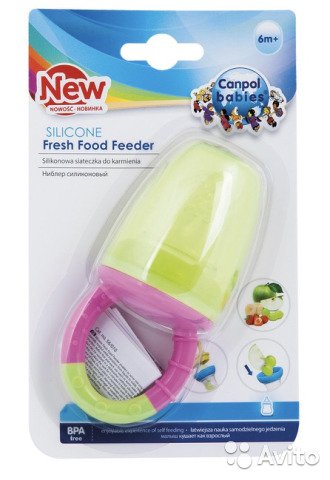
If you want to buy baby feeding utensils or containers, we recommend that you familiarize yourself with our wide range. We offer quality products of well-known and proven over the years manufacturers of high quality, different sizes, colors and at affordable prices.
Provided that the loan amount is 250 € for a period of 24 months, the conditions will be as follows: monthly installment - 15.45 €, annual interest rate - 41.15%, commission for monthly administration of the agreement - 0 €, commission for drawing up the agreement - 0 €, BVKKMN - 49.96%, the total amount paid by the consumer loan recipient is 370.86 €.
how to make a feeder for birds and how to feed the birds in winter
On winter feeders you can often observe funny quarrels - a small but brave tap dance drives away a great tit from valuable food. Photo: Anna Lukyanchikova
Winter is a difficult time for birds. With the onset of the cold season and snowfall, birds lose access to the seeds of wild plants. In search of food, sparrows, woodpeckers, greenfinches, bullfinches, tits and titmouse move closer to human habitation. Often in the diet of wintering birds, foods that are unsuitable for them appear - spoiled fruits from landfills, salted lard and moldy white bread. Proper feeding of birds not only helps birds survive the cold, but also stay healthy. Organize a bird canteen with your child so that you can watch birds all winter without leaving the city.
In search of food, sparrows, woodpeckers, greenfinches, bullfinches, tits and titmouse move closer to human habitation. Often in the diet of wintering birds, foods that are unsuitable for them appear - spoiled fruits from landfills, salted lard and moldy white bread. Proper feeding of birds not only helps birds survive the cold, but also stay healthy. Organize a bird canteen with your child so that you can watch birds all winter without leaving the city.
Ruddy bullfinches rarely look at the feeders, and they are always interesting to watch. They love unsalted lard and seeds. By the way, only males have a bright red breast. Photo: Anna Lukyanchikova
Is it necessary to feed the birds in winter?
Birds that do not fly away to warmer climes with the onset of cold weather are called wintering birds. These are sparrows, pigeons, crows and jackdaws familiar to the townspeople - city birds that are used to feeding near humans. Forest birds are more cautious, but they also move to cities with the onset of cold weather, and then return to forest parks and green areas. In winter, at the feeder you can meet bullfinches and tits, nuthatches, pikas, greenfinches, tap dances, woodpeckers, blue tit and other species. Wintering birds are adapted to the cold, but whether they can survive the winter and in what quantity depends on the person. Do-it-yourself bird feeders help to survive not only strong, but also young, weakened birds.
In winter, at the feeder you can meet bullfinches and tits, nuthatches, pikas, greenfinches, tap dances, woodpeckers, blue tit and other species. Wintering birds are adapted to the cold, but whether they can survive the winter and in what quantity depends on the person. Do-it-yourself bird feeders help to survive not only strong, but also young, weakened birds.
Moskovka is a small tit, which is rarely found in the city and is listed in the Red Book. But even she is not averse to eating sunflower seeds on a hemp in winter. By the way, these stumps can be used as natural canteens for birds if there are no ordinary feeders nearby. Photo: Anna Lukyanchikova
What are bird feeders made of?
If you want to buy a ready-made bird feeder or make it yourself, you should pay attention to the fact that the bird canteen must meet some requirements: Safe The feeder is designed to help the birds - so you should take care that it does not have sharp edges or narrow holes where the pichuga can get stuck. If you are making a plastic feeder, glue or melt the edges, or even better, use wood. It is better to refuse metal - the legs of feathered neighbors can freeze. Eco friendly You can make a feeder out of a plastic bottle or a milk carton, but these canteens tend to get soggy or clog up quickly. The plastic needs to be cleaned periodically and the edges made safe right away, and tetra-pak feeders will need to be changed every 2-3 weeks. A wooden feeder or any other reusable alternative would be a great option.
If you are making a plastic feeder, glue or melt the edges, or even better, use wood. It is better to refuse metal - the legs of feathered neighbors can freeze. Eco friendly You can make a feeder out of a plastic bottle or a milk carton, but these canteens tend to get soggy or clog up quickly. The plastic needs to be cleaned periodically and the edges made safe right away, and tetra-pak feeders will need to be changed every 2-3 weeks. A wooden feeder or any other reusable alternative would be a great option.
The feeder in the photo is a masterpiece of carpentry, but it is not difficult to repeat it in a simplified version. Materials are easy to pick up at a hardware store or use the remnants of your building materials. It remains only to connect all the parts and treat them with a wood preservative that is harmless to birds. Photo: klimkin, Pixabay
Easy care The feeder should be cleaned regularly to keep the food from spoiling and bacteria from accumulating in it. If the bottom is wide and access to it is open, you can easily remove the remnants of food and fill in a new one, and after the end of the feeding season, thoroughly wash the feeder. Refillable Birds perfectly remember feeding places and fly there every day to dine. It is better to fill the feeder constantly so that the birds do not waste their energy, but even if your feeder is sometimes empty, it's okay. After all, birds have a whole map of places in their heads where they can eat. It is best that the food in the feeder is in the evening so that the birds can eat before the cold night. And if you don't always manage to put down the feed, you can team up with neighbors and friends who will also fill the feeder.
If the bottom is wide and access to it is open, you can easily remove the remnants of food and fill in a new one, and after the end of the feeding season, thoroughly wash the feeder. Refillable Birds perfectly remember feeding places and fly there every day to dine. It is better to fill the feeder constantly so that the birds do not waste their energy, but even if your feeder is sometimes empty, it's okay. After all, birds have a whole map of places in their heads where they can eat. It is best that the food in the feeder is in the evening so that the birds can eat before the cold night. And if you don't always manage to put down the feed, you can team up with neighbors and friends who will also fill the feeder.
Greenfinch, like other wintering birds, enjoys shelling sunflower seeds in a wooden feeder. Photo: Anna Lukyanchikova
Well-designed At the bottom of the feeder, you need to provide bumpers so that the food does not spill out, and close the building with a roof on top - this way you will not only extend the shelf life of the food inside, but also hide the pichug from predators like hawks.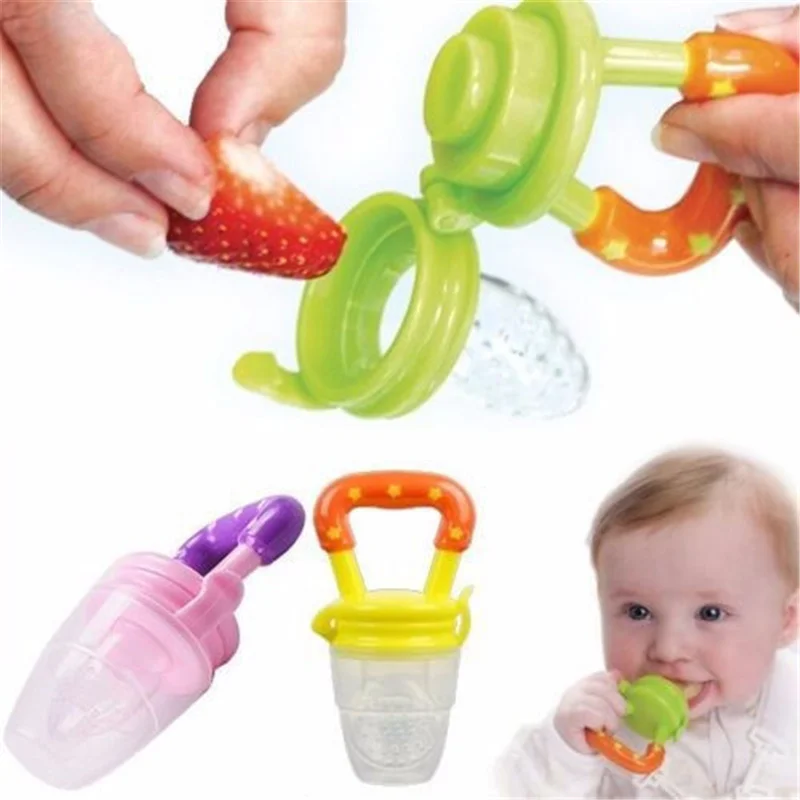 Bird Friendly It is not very comfortable for birds to feed in an open place - dangers await them everywhere. It is best to place the bird's dining room near the bushes or among the trees - so the birds will be more comfortable. The height should be convenient for filling the feeder, and the food should be accessible to the birds.
Bird Friendly It is not very comfortable for birds to feed in an open place - dangers await them everywhere. It is best to place the bird's dining room near the bushes or among the trees - so the birds will be more comfortable. The height should be convenient for filling the feeder, and the food should be accessible to the birds.
Another version of the feeder is a mesh one. The design allows you to lay a large supply of food at once, and the net allows you to feed even when the lower part is covered with snow. There is a large hole at the bottom of the feeder, in the photo it is covered with snow, but birds can peck seeds through the cells. Photo: Forest Simon, Unspash
What materials should I use to make my feeder?
Plastic Acrylic and polypropylene are resistant to temperature changes and are easy to clean. Acrylic also has high transparency - a great option for those who like to photograph birds and watch them.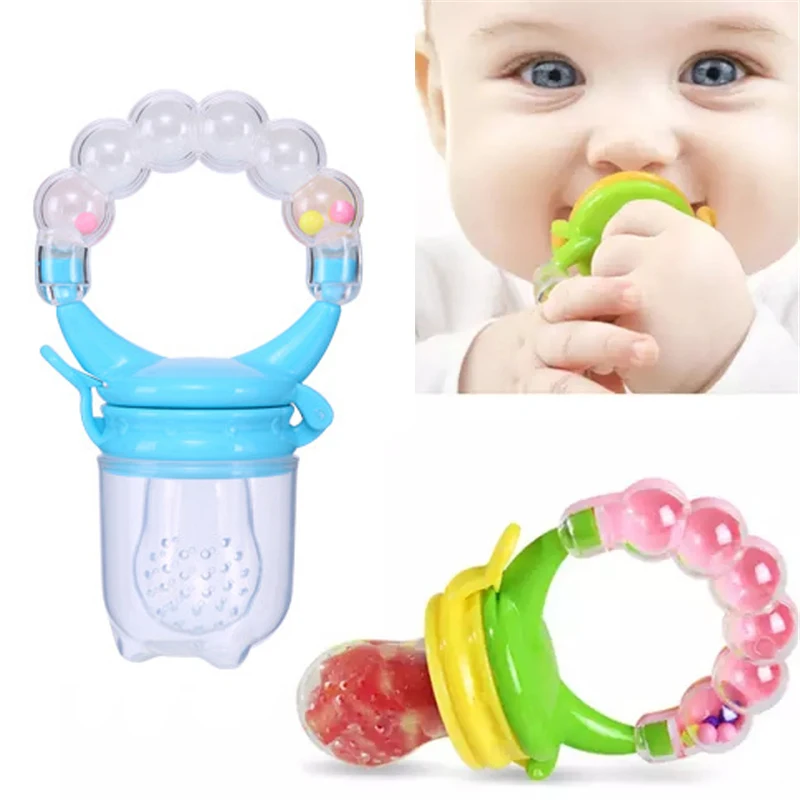 Metal If you choose a metal feeder, only a metal mesh will do - if a large area of \u200b\u200bthe feeder is made of this material, birds can freeze to it with their paws. Wood Wood is a classic and suitable material for making a feeder. Before hanging, the house should be covered with an antiseptic or varnish in order to protect it from weather conditions and mold, but you should pay attention to the composition - the coating must be safe for birds. For example, used oil is not suitable for lining the feeder.
Metal If you choose a metal feeder, only a metal mesh will do - if a large area of \u200b\u200bthe feeder is made of this material, birds can freeze to it with their paws. Wood Wood is a classic and suitable material for making a feeder. Before hanging, the house should be covered with an antiseptic or varnish in order to protect it from weather conditions and mold, but you should pay attention to the composition - the coating must be safe for birds. For example, used oil is not suitable for lining the feeder.
The tap-doo is a small forest bird that enjoys eating sunflower seeds. Males have a red spot on their heads. Photo: Anna Lukyanchikova
What to feed the birds?
In winter, birds need high-calorie food. The basis of filling the feeder should be raw unsalted seeds and nuts . Tits, nuthatches and bullfinches will appreciate butter and lard (the main thing is not salty). And woodpeckers and jays will rejoice acorns . You can add fresh and dried fruits, berries, and whole grains such as millet or corn . White Toasted Bread is also suitable in small quantities, but vegetable foods are still better. The more different foods you put in the feeder, the greater the species diversity of feathered guests will be.
And woodpeckers and jays will rejoice acorns . You can add fresh and dried fruits, berries, and whole grains such as millet or corn . White Toasted Bread is also suitable in small quantities, but vegetable foods are still better. The more different foods you put in the feeder, the greater the species diversity of feathered guests will be.
On the video you can watch different birds and listen again to the basic rules of winter feeding
Interestingly, many ornithologists and birdwatchers argue about whether it is possible to put shelled sunflower and millet seeds in the feeder. The thing is that these products quickly oxidize and deteriorate. Therefore, if it is not possible to put something else in the feeder, add peeled seeds and millet in small quantities, and if they lie for a long time, clean the feeder from these products.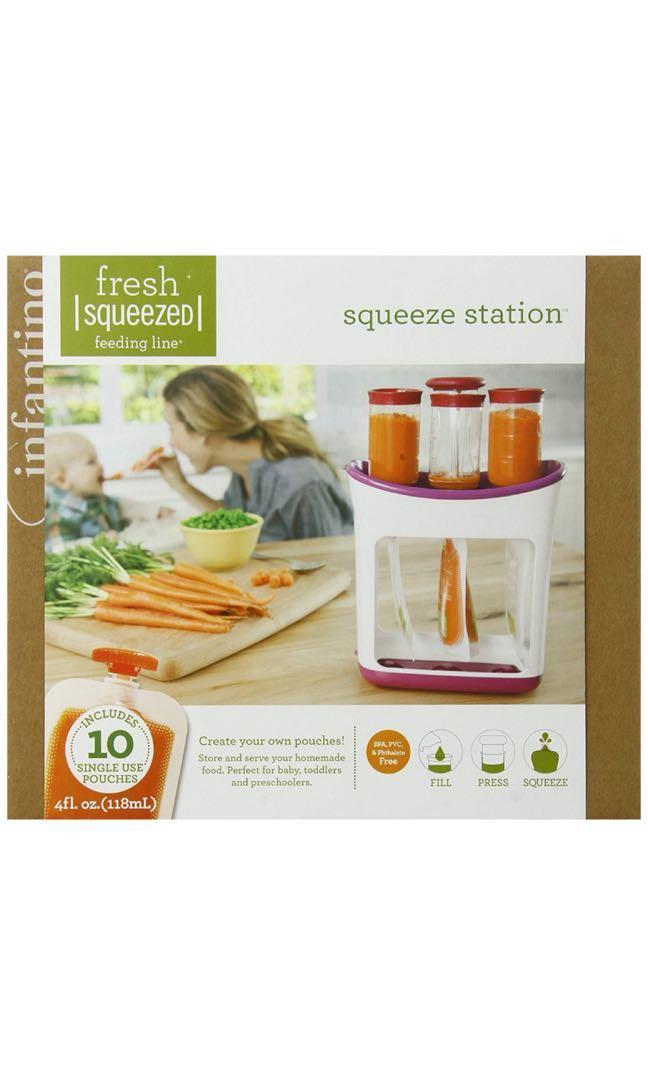
Two in one: a solid wooden feeder next to a bird biscuit on which a nuthatch sits. Photo: Fabianne Freeman, Unsplash
How to make a feeder with your child?
Making and caring for a feeder is a great opportunity to introduce your child to different types of birds and instill a love of nature. Make a bird feeder together and take care of it during your daily walks. Below you will find some interesting 9 feeder options0093, which are suitable if there are no boards or plastic bottles at hand. Edible feeder The simplest version of the feeder, which does not need to be washed and cleaned. Mix seeds, pieces of dried fruit with melted lard or fat, pour into a silicone mold and put a string in it. Place the food in the freezer to chill. Make bird cakes regularly and hang them in the same place. Remove the empty ropes and, if possible, reuse them (after all, if you leave the rope on a live tree branch, over time it can pinch the branch, and it will dry out). Purchased feeder If you do not have leftover building materials or the opportunity to make a feeder with your own hands, you can purchase a ready-made version. Usually such feeders are made of plywood - with a child, you can paint it in any colors and give an individual style to your own bird cafe.
Purchased feeder If you do not have leftover building materials or the opportunity to make a feeder with your own hands, you can purchase a ready-made version. Usually such feeders are made of plywood - with a child, you can paint it in any colors and give an individual style to your own bird cafe.
Buying a ready-made feeder is not difficult - usually such designs last one season, but they will help many birds survive until spring. Even a large spotted woodpecker visits such a bird's canteen. Photo: Anna Lukyanchikova
Vine feeder A feeder woven from a vine or made from a small old basket will look very unusual - you just need to add a roof or turn the basket sideways, removing the bottom.
Learn more about the world of birds
Now you know how to help birds in winter. Involve children, younger siblings, schoolchildren and kindergarten students in the creation of bird feeders so that the chain of good attitude towards birds does not break.

